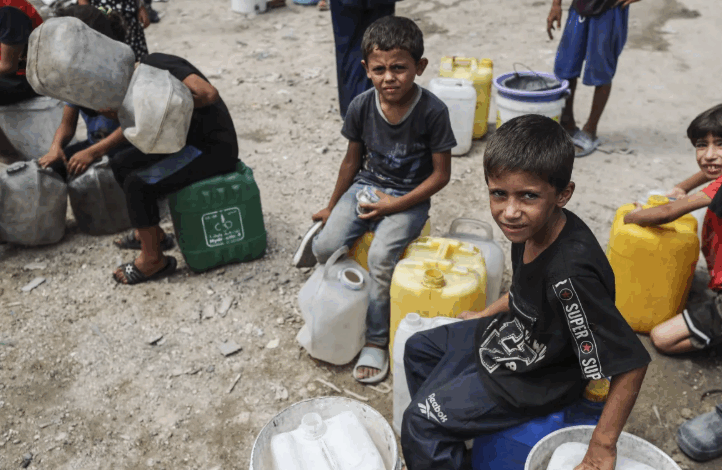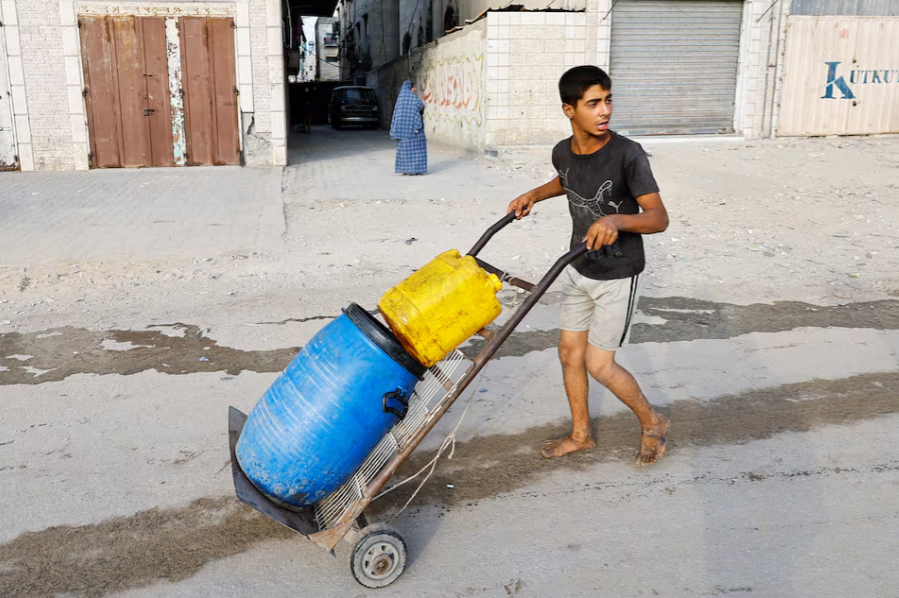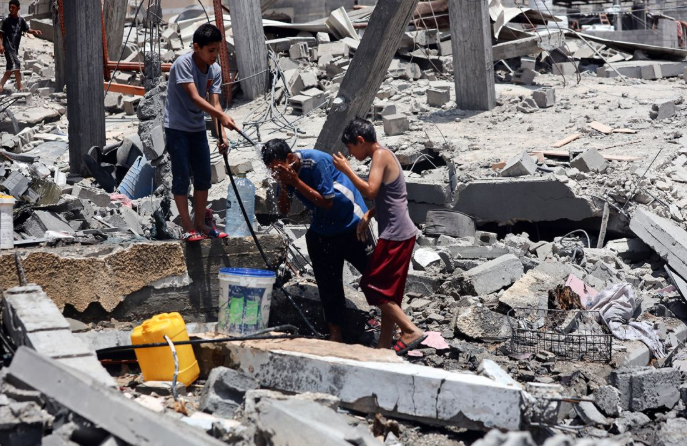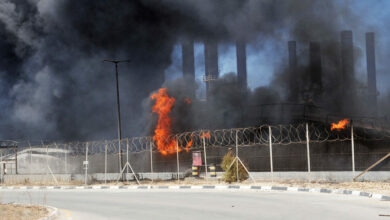Gaza Water Crisis: Severe Thirst and Infrastructure Destruction

After nearly two years of war, the vital infrastructure of the Gaza Strip has faced widespread destruction, leading to an unprecedented water crisis that is threatening the lives of thousands. Reports indicate that over 80% of Gaza’s water facilities have been damaged and 96% of the available water is unsafe for drinking.

The crisis is intensifying as more than 75% of water wells have ceased functioning, and 100,000 meters of water pipes and 200,000 meters of sewage lines have been destroyed, Reuters reported. This situation has caused raw sewage to flow in the streets, further contaminating the underground water sources. Local authorities have announced that sewage pumps and pumping stations are out of service, and only one desalination plant, which recently had its power supply restored, is operating at a limited capacity.
This health crisis, coupled with a severe fuel shortage and limited access to humanitarian aid, has increased the risk of infectious disease outbreaks. UNICEF has warned that the lack of safe water and severe malnutrition have weakened the immune systems of children, making them vulnerable to fatal diseases. Currently, over 96% of households are facing water insecurity, and in many cases, people are forced to consume brackish and contaminated water, which doctors say can lead to kidney failure.

Relief organizations such as the United Nations Relief and Works Agency for Palestine Refugees (UNRWA) and Oxfam are attempting to distribute drinking water, but these efforts are facing serious security challenges and logistical limitations. The lack of fuel to run pumps and generators is also a major obstacle. The UN has called for urgent action from the international community to increase humanitarian aid and ensure the security needed to deliver this aid to those in need.





